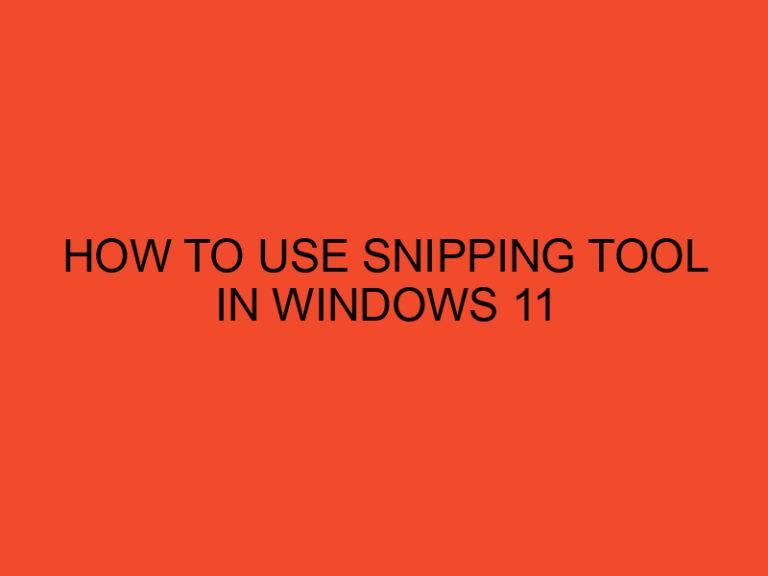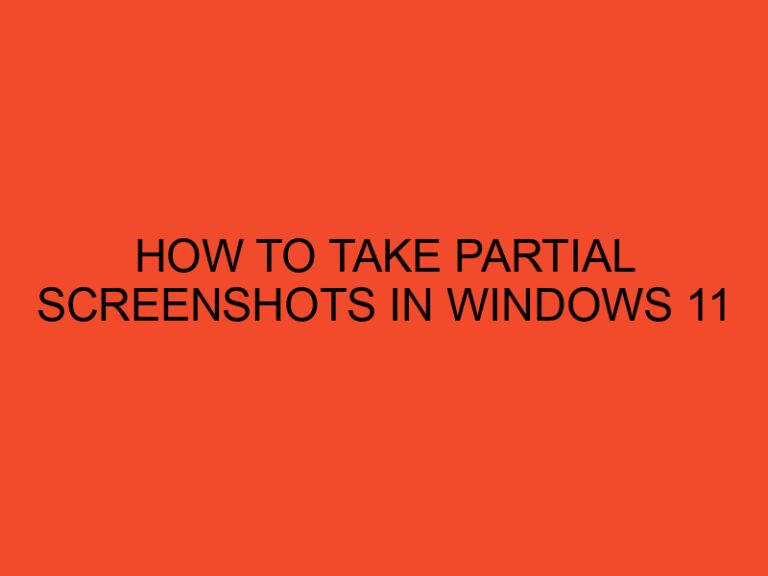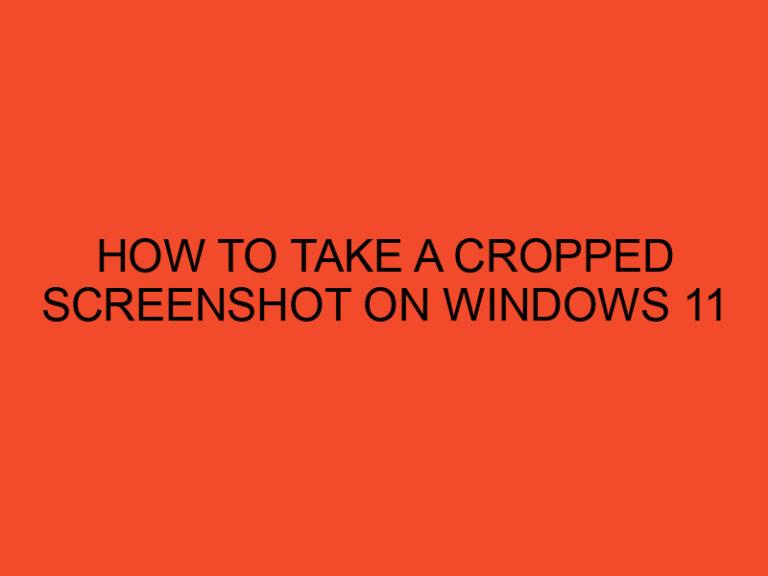In the world of computing, the CPU (Central Processing Unit) and the Video Processor are two essential components that work together to ensure the smooth operation of a computer system. But how exactly are these two vital components connected? In this article, we will delve into the details of the connection between the CPU and Video Processor, exploring the significance of this connection and its role in the overall functioning of a computer system.
Table of Contents
- What Connects the CPU to Video Processor?
- Understanding the CPU
- The Role of the Video Processor
- The Connection between the CPU and Video Processor
- Types of Connections
- Importance of a High-Speed Connection
- Impact on Graphics Performance
- Optimizing the Connection
- Future Developments and Advancements
- Conclusion
- FAQ
- Can I connect a CPU and Video Processor from different manufacturers?
- Do I need a dedicated graphics card for a CPU to connect to a Video Processor?
- How can I check the compatibility between my CPU and Video Processor?
- Does the length of the cable used to connect the CPU and Video Processor affect performance?
- Is it necessary to update the drivers for the CPU and Video Processor regularly?
What Connects the CPU to Video Processor?
The CPU serves as the brain of a computer system, responsible for executing instructions and performing calculations. On the other hand, the Video Processor, also known as the Graphics Processing Unit (GPU), handles the rendering and display of visual content, such as images, videos, and games. For a seamless user experience, it is crucial to establish a connection between these two components to ensure efficient data transfer and synchronization.
Understanding the CPU
The CPU is an integral part of any computer system. It interprets and executes instructions from the software and controls the overall operation of the system. It consists of several cores and caches that perform arithmetic and logical operations, manage memory, and coordinate the activities of other hardware components.
The Role of the Video Processor
The Video Processor specializes in handling graphics-intensive tasks. It is designed to rapidly process and manipulate visual data, enabling the computer to display images and videos on a monitor. Additionally, it plays a vital role in delivering a smooth gaming experience by rendering complex 3D graphics in real-time.
The Connection between the CPU and Video Processor
The connection between the CPU and Video Processor allows for efficient communication and data transfer between these two components. This connection is achieved through a specialized bus called the PCI Express (PCIe). The PCIe bus provides a high-speed pathway for the CPU to send data and instructions to the Video Processor, and vice versa.
Types of Connections
There are several types of connections that can be utilized to establish a link between the CPU and Video Processor. The most common connection method is through the motherboard, where the CPU and Video Processor are physically installed. In this configuration, the PCIe slots on the motherboard facilitate the connection.
Another connection method involves using dedicated external cables, such as HDMI (High-Definition Multimedia Interface) or DisplayPort. These cables transmit both video and audio signals between the CPU and Video Processor, allowing for seamless integration with external displays.
Importance of a High-Speed Connection
A high-speed connection between the CPU and Video Processor is crucial to ensure smooth and efficient data transfer. Graphics-intensive applications, such as video editing or gaming, require a significant amount of data to be processed and transferred in real-time. A slow or bottlenecked connection can result in reduced performance and choppy visuals.
Impact on Graphics Performance
The connection between the CPU and Video Processor has a direct impact on the graphics performance of a computer system. A faster and more efficient connection allows for quicker data exchange, enabling the Video Processor to render graphics faster and deliver a more immersive visual experience.
Optimizing the Connection
To optimize the connection between the CPU and Video Processor, it is essential to ensure compatibility between the two components and the motherboard. Choosing a motherboard with sufficient PCIe slots and the latest version of PCIe can provide the necessary bandwidth for high-speed data transfer.
Additionally, keeping the drivers for both the CPU and Video Processor up to date is crucial. Manufacturers often release driver updates to improve compatibility, performance, and stability, so regularly checking for and installing these updates is recommended.
Future Developments and Advancements
As technology continues to advance, the connection between the CPU and Video Processor is likely to evolve as well. Future developments may include faster and more efficient bus architectures, such as PCIe 4.0 or higher, enabling even greater data transfer speeds. Furthermore, advancements in integrated graphics solutions may lead to tighter integration between the CPU and Video Processor, further improving performance and energy efficiency.
Conclusion
In conclusion, the connection between the CPU and Video Processor plays a vital role in the overall performance and visual experience of a computer system. Through the use of high-speed connections, such as PCIe, data and instructions can be efficiently transferred between these two components. Optimizing this connection and keeping the hardware and software up to date ensures optimal graphics performance and a seamless user experience.
FAQ
Can I connect a CPU and Video Processor from different manufacturers?
Yes, CPUs and Video Processors from different manufacturers can be connected as long as they are compatible with each other and the motherboard.
Do I need a dedicated graphics card for a CPU to connect to a Video Processor?
No, many modern CPUs come with integrated graphics capabilities, eliminating the need for a separate graphics card. However, for more demanding tasks or gaming, a dedicated graphics card may be preferred.
How can I check the compatibility between my CPU and Video Processor?
You can refer to the specifications provided by the manufacturers or consult the motherboard’s documentation to ensure compatibility between the CPU and Video Processor.
Does the length of the cable used to connect the CPU and Video Processor affect performance?
In most cases, the length of the cable used to connect the CPU and Video Processor does not significantly impact performance. However, using excessively long cables may introduce signal degradation, leading to potential performance issues.
Is it necessary to update the drivers for the CPU and Video Processor regularly?
Yes, updating the drivers for both the CPU and Video Processor is important to ensure compatibility, performance improvements, and bug fixes. It is recommended to periodically check for and install driver updates from the manufacturers’ websites.





